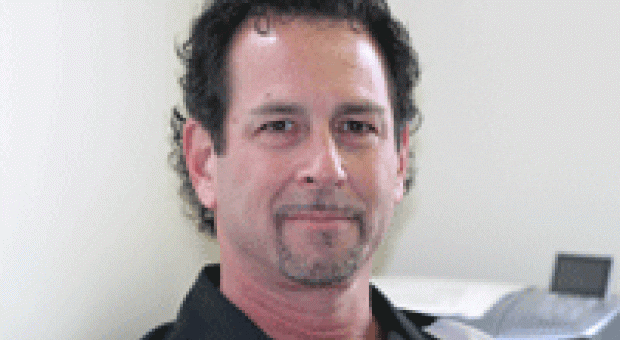Three more men have been identified as having a drug-resistant form of HIV similar to the one at the centre of last spring’s New York City’s “supervirus” media storm, but a Connecticut doctor says it isn’t a new superstrain.
Gary Blick, an HIV specialist based in Norwalk, Connecticut and the founder of the Connecticut HIV/AIDS Task Force, says it was one of his patients who infected the New York City man in question and, unlike the NYC man, that man has not developed AIDS, nor has his partner whom he infected several years earlier.
“[The Connecticut man] is virally suppressed, immunologically intact and clinically stable with what appears to be the same strain, as is his partner,” Blick wrote in an Aug 8 email to Xtra.
The debate over the supposed HIV superstrain began at a Feb 11 press conference where the New York City Department Of Health And Mental Hygiene (DOHMH) announced it had discovered a rare and “highly virulent strain of HIV” in an unnamed NYC man. At the time, the city’s health commissioner Thomas Frieden said the strain not only was resistant to three of the four licensed classes of antiretroviral drugs used to suppress the virus, but also appeared to have progressed from initial HIV infection to full-fledged AIDS in as little as eight weeks. The average AIDS onset after HIV infection is about 10 years with treatment.
Now the debate has become tangled up in identifying the source of the NYC man’s infection. According to Blick his Connecticut patient is the source and, because his patient doesn’t carry a superstrain, neither does the NYC man.
Blick says that Ron Kagan and Peter Heseltine of Quest Diagnostics/Nichols Institute laboratories discovered the strains from the NYC man and his patient to be “nearly identical” after a “thorough search of their genotypic patient database.” Blick says the lab called him on Feb 17 to alert him to the connection.
“They found one match in their database that was a 99.5 percent match for the NYC patient,” Blick writes in his email.
He adds that he was initially skeptical that his patient was the source of the NYC man’s infection. “But after Dr Heseltine reviewed the specific genotypic mutations found, I, knowing my patient and his high-level resistance, thought there could be credence to this finding.”
A short time later Blick discovered that his patient and his longtime partner, who is also HIV-positive, had had sex for several hours with the NYC man while using crystal meth in a Manhattan club in October.
After discovering the three men had had sex, Blick says another national laboratory, LabCorp, notified him that it had found only one match in its database for the NYC man’s specific HIV strain: the partner of Blick’s Connecticut patient.
Blick reported his findings at the Third International AIDS Society Conference On HIV Pathogenesis And Treatment in Brazil on Jul 25. Two days later the DOHMH issued a press release disputing Blick’s claim.
“The source of infection for the patient announced in February cannot be determined with available information,” states Frieden in a Jul 27 press release, adding his department has identified three people ( including Blick’s patient ( with strains of HIV “that are equally closely related” to the strain of the case announced in February.
“Laboratory investigations and investigations of the clinical course of illness of these patients are continuing,” Frieden states. “Any of these patients, including the one described by Dr Blick, or other patients who are as yet undiagnosed or unreported, could be the source. Given the complexity of the investigation, we may never know.”
But Blick is confident that his patient is indeed the source of the NYC man’s infection after several clinicians have independently verified the similarity of the strain between the three men. He adds that multiple samples were drawn from the Connecticut couple and sent to DOHMH on different occasions but that Frieden, “for whatever reasoning, tried to emphatically discourage me from releasing this information.”
He adds that, just as the NYC health department felt it was required to go public with its findings earlier this year ( an action he says he still supports ( he, too, was compelled to pass on his findings to the general public.
“I have always felt that information regarding this case should be released as it is confirmed,” he explains. “The MSM [men having sex with men] community that was placed on alert is entitled to this.”

 Why you can trust Xtra
Why you can trust Xtra


